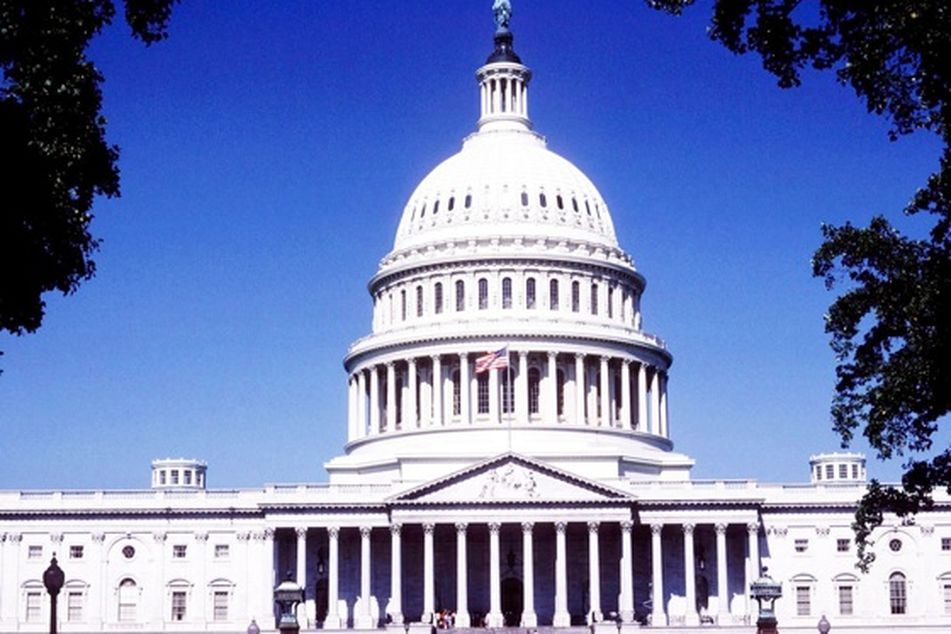How to short politicians: Investing when Congress is resting

A strategy for betting against Washington
It has always been easy to poke fun at Congress and elected officials in general, but who knew how much they actually deserved it?
According to Eric Singer, who has spent years studying the relationship between the equity markets and what Congress attempts to accomplish, the best time to invest is when Congress is not in session.
Mr. Singer’s mutual fund, Congressional Effect Investor Ticker:(CEFFX), does exactly that.
Beginning in May 2008, Mr. Singer has followed the simplistic and straight forward strategy of holding cash whenever Congress is in session and then allocating to the S&P 500 Index whenever Congress takes a break.
If nothing else, the strategy gives investors a chance to feel as though they are sticking it to their elected officials by indirectly voting with their wallets. But it turns out the strategy actually has some merit, and it could have a place in a portfolio as a low-volatility position.
From January 2007 through the end of September 2012, the strategy generated an annualized return of 1.6%, which lags the S&P’s 2.9% annualized return over the same period.
However, the fund had a market beta over the period of just 0.3, and a standard deviation of 9.4%, which compares to 18.1% for the S&P.
“I believe over a full market cycle, this strategy does what it’s supposed to do,” said Mr. Singer. “History suggests that you’re not going to have a big down year with this, and you’re going to come close over time to the S&P.”
For an extreme down-year example, consider that the strategy lost just 2% between May and December of 2008, a period during which the S&P fell by 34%.
In his recently-published book, “Trade the Congressional Effect,” (John Wiley & Sons Inc., October 2012), Mr. Singer details various effects of Congress-at-work on the equity markets.
For example, the annualized return of the S&P over the 7,900 trading days during which Congress was in session from 1965 through 2011 was less than 1%.
However, over the same 47-year period, the S&P’s annualized return was 16% during the 4,100 days when Congress was on recess.
As scary as it might seem, the strategy adds up, according to Mr. Singer, because of the driving force behind most elected officials: They spend a lot of time and energy doing things that they think and hope will get them re-elected.
“In order to get re-elected many of them think of themselves as issues entrepreneurs, meaning he or she does not want to come back to constituents and say they never did anything,” Mr. Singer said. “I think a lot of these guys go to Washington with good intentions, and each one wants to just munch a little bit of grass, but each one of them working collectively creates a problem.”
Learn more about reprints and licensing for this article.








